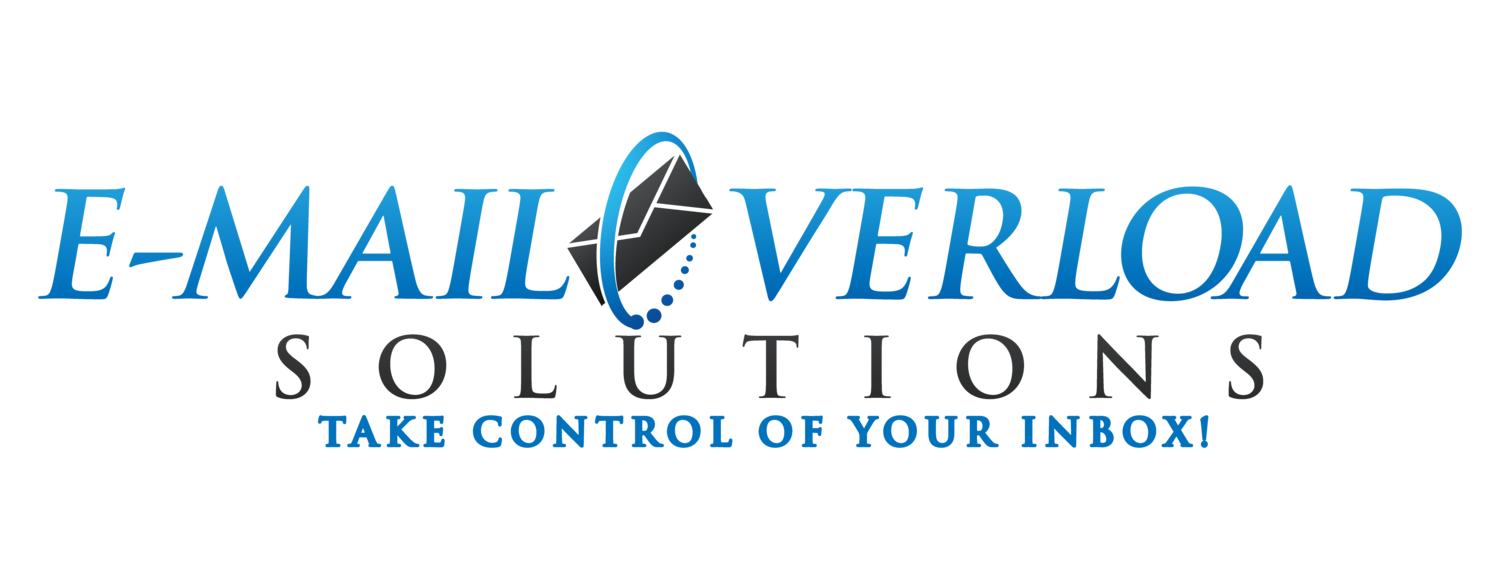How to Effectively Combat Email Overload
/Your work day likely looks something like this: work, check email, work, check email again, eat lunch, work, check email yet again, and so on, and so on....
Between corresponding with colleagues and clients, not to mention responding to the incessant flow of inquiries, it’s safe to say that your day is always overloaded with emails.
And while it may seem manageable, having an overstuffed inbox, with email after email continually piling up, can cause anxiety, as well as feelings of being completely overwhelmed by the non-stop flow of messages.
This is called Email Overload. Ever heard of it?
Understanding Email Overload
The reasons you may be suffering from Email Overload is because you’ve failed to implement your own personal process for handling emails throughout the day — whether it’s communicating, replying or forwarding on information.
Unchecked, Email Overload only compounds upon itself, impacting your productivity and work performance.
Some of the negative impacts of Email Overload include:
Loss of Productivity/Motivation
Wasted Time/Money
Anxiety/Worry
The list of impacts could go on and on.
But, as you sit there identifying all the ways Email Overload impacts your life, know that your inbox is likely continuing to fill up and become cluttered with new and old messages.
Your best bet is to identify a way to handle these messages sooner rather than later.
How to Combat Email Overload
Developing and implementing a strategy for handling your inbox is all about eliminating the outside factors preventing you from your peak performance. There are many valid email overload solutions; but much like other solutions, it is up to you to determine what is going to work best for you. The key is to develop a personal strategy to deal with your inbox, then effectively implement it.
In order to create a successful solution for reducing email overload in the workplace, consider some of these strategies:
Delete and Repeat — It is likely that you have months of unnecessary messages sitting in your inbox, taking up space and cluttering anything of actual relevance. Be thorough, and brutal, when picking through and identifying emails to delete.
Establish Email Rules — Determine what are necessary conversations for email, and what are unnecessary “FYIs” that can be dealt with more easily in group chat or in person. For instance, any type of discussion that requires back and forth communication should not be handled over email unless it is absolutely essential.
The Briefer Response the Better — Brevity is your friend; write shorter, smarter emails that warrant faster responses. Focus on clarity, concision, relevance and actionable items. If you can accomplish responding to an email quickly, do so.
Aim for Inbox Zero — Strive to achieve an inbox end goal, such as Inbox Zero. This will help you determine how much time you need to spend dealing with your email overload while in the workplace.
Before you begin bailing yourself out of Email Overload, be sure to take a deep breath and, of course, take an occasional break. Doing this allows you to increase your productivity when you come around to readdressing the issues at hand.
But also be honest with yourself....
Dealing with email overload is just one step in the long-term process of establishing effective email management practices.
Adnan Olia is Chief Operating Officer at Intradyn, an information archiving company that specializes in providing email and social media archiving solutions to organizations around the world. check out their article on Handling Emails in the Workplace for even more productivity-boosting email management techniques.












